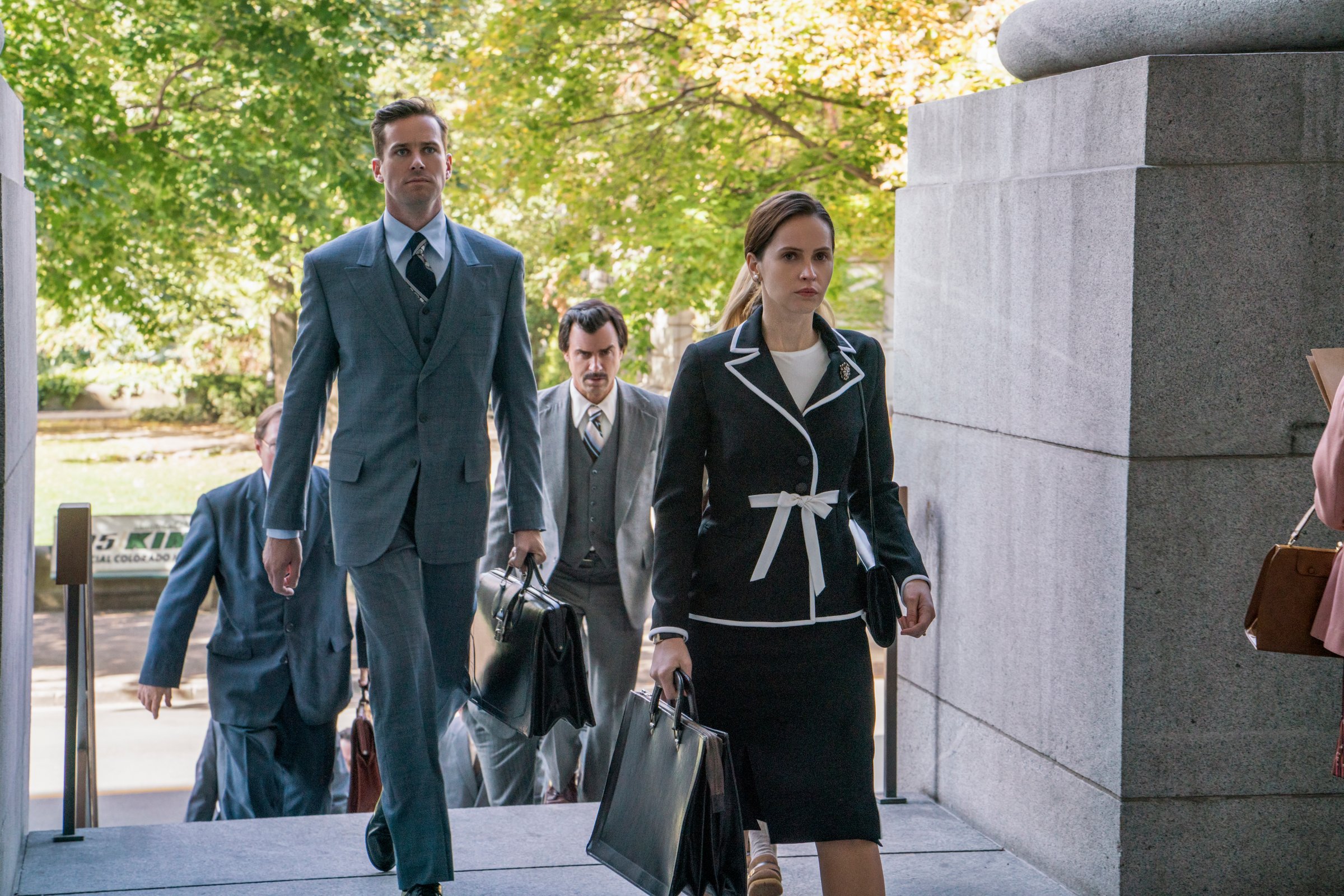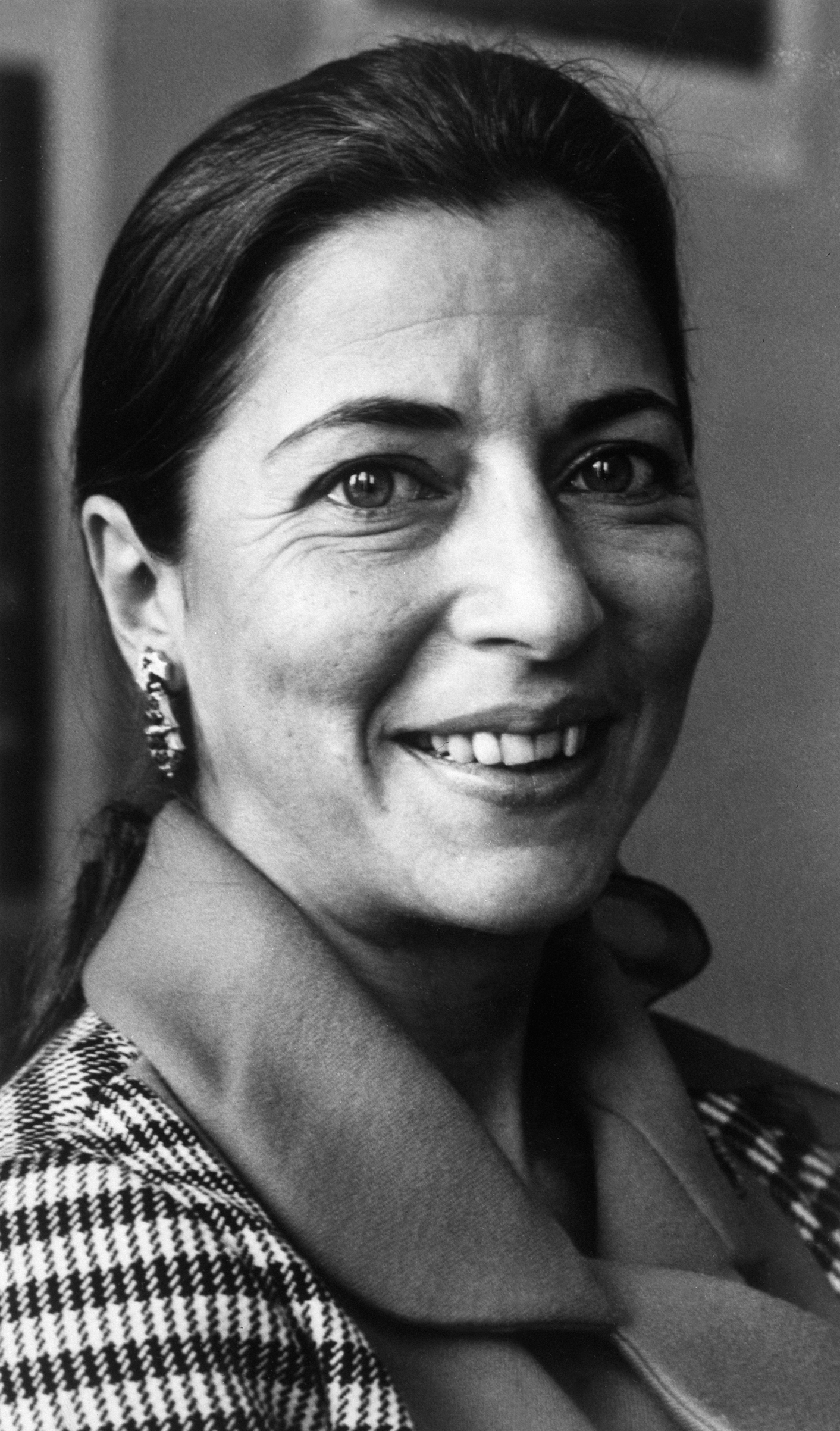
At a glance, the move seemed like a strange one for Ruth Bader Ginsburg. She had co-founded the Women’s Rights Project at the American Civil Liberties Union in 1972. But now, she wanted to raise the drinking age for women, all because some fraternity brother complained about his rights. She even helped win the case for him.
In hindsight, this case exemplified one of the most effective strategies in the fight for gender equality. It was one of several that Ginsburg argued on behalf of men in order, ultimately, to benefit women too.
The fraternity brother in question, Curtis Craig, teamed up with the owner of the Honk ‘n’ Holler, a local liquor store that sold to thirsty Oklahoma State University students. They challenged a state statute that permitted the sale of weak beer to women over the age of 18. Men, on the other hand, had to wait until age 21 to purchase what is colloquially known as “near beer,” which contains only 3.2% ABV. The idea behind the law was that women were more demure, refined drinkers who could handle their liquor. But, the young men argued, it wasn’t fair.
Their case reached the Supreme Court in 1976.
Although she called it a “gossamer” case, “a non-weighty interest pressed by thirsty boys,” Ginsburg, then an ACLU attorney years away from joining the Supreme Court herself, drafted the case brief. Besides arguing that the Oklahoma law violated the Fourteenth Amendment’s equal protection clause, she maintained that this instance of gender discrimination merited “something in between” rational basis review and strict scrutiny, the most rigid standard of judicial review in the U.S. court system. The Supreme Court concurred. The all-male bench ruled, for the first time ever, that “intermediate scrutiny” must apply to laws governed by gender.
Matters of gender inequality had suddenly been elevated in the eyes of the law.
Ginsburg had spotted an opportunity. By incurring a minor loss for college-age women who might have liked to buy some beer, the court’s decision ratified a precedent for future gender-equality arguments. The budding lawyer was methodically chipping away at an institution that, on a grand scale, favored men’s rights over women’s, by turning the tables and arguing gender equality on behalf of male plaintiffs. It wasn’t reverse psychology. It was patient strategy.
A year earlier, Ginsburg had put that theory to work when she argued and won on behalf of a male plaintiff in Weinberger v. Wiesenfeld. As a consultant, Stephen Wiesenfeld made significantly less money than his wife, Paula Polatschek, who worked as a teacher before her death during childbirth in 1972. Wiesenfeld held that he was entitled to his wife’s Social Security survivor benefits after she died, payments theretofore reserved for widows but not widowers, who were the assumed breadwinners in the American household and would ostensibly already have plenty of funds.
Ginsburg argued that the Social Security Act of 1935 discriminated against men like Wiesenfeld based solely on their gender, and that intermediate scrutiny should be applied when evaluating such gender distinctions. She won a unanimous verdict and simultaneously legitimized women’s payments into the Social Security system, though the court did not take up heightened scrutiny until the beer case, Craig v. Boren. Biographer Wendy Williams said Weinberger was Ginsburg’s favorite case. Forty years later, Ginsburg officiated when Wiesenfeld remarried.
Later in 1976, Ginsburg drew on the Weinberger precedent to argue a similar case before the Supreme Court. Another widower, Leon Goldfarb, applied to collect his late wife’s Social Security benefits; however, a lingering statute in the Social Security Act maintained that Goldfarb was only entitled to those benefits if he had received more than half his financial support from Hannah Goldfarb, who had worked as a secretary for 25 years until her death in 1968. No such burden of proof was placed on widows, which Ginsburg argued “assumed gainful employment as a domain in which men come first, women second.”
In a 5-4 decision, the court ruled the Social Security statute unconstitutional and cited “archaic and overbroad” generalizations based on “assumptions as to [women’s] dependency.” In his opinion, Justice William Brennan wrote that the case “presents an equal protection question indistinguishable from that decided in Weinberger v. Wiesenfeld.”
It was another win for an individual man with broad repercussions for women’s equality. Ginsburg’s precedents were compounding, as she helped American law move toward a world in which gender was no excuse for treating people differently.

That’s not to say Ginsburg never fought for equal treatment directly on behalf of women. For example, in Frontiero v. Richardson (1973), she took on the case of Sharron Frontiero, an Air Force lieutenant who applied for dependent benefits on behalf of her husband. The military informed her she would need to prove her husband was a dependent, when male members faced no such requirement. It implied that women relied on their husbands but not the other way around; the Air Force argued that this shortcut should be excused because it saved them on administrative costs.
Ginsburg spoke for nearly 11 uninterrupted minutes during her opening monologue to the court. Discrimination helps “keep woman in her place, a place inferior to that occupied by men in our society,” she said.
In his decision on the case, Brennan wrote, “Our Nation has had a long and unfortunate history of sex discrimination,” which “put women not on a pedestal, but in a cage.” The court decided in Frontiero’s favor 8-1.
As a civil-rights lawyer, Ginsburg rarely exacted progress through forceful, controversial tactics. Instead she argued on behalf of everyday Americans who confronted entrenched bureaucratic roadblocks that reeked of sexism. Though she grew more outspoken on issues of equality in her later years on the bench, Ginsburg’s early work was a quiet sort of activism.
She didn’t always succeed. In fact, one of her earlier cases (Kahn v. Shevin, 1974) failed to win her male plaintiff a property tax exemption that was available to widows but not widowers. But Ginsburg’s decision not to pursue heightened scrutiny in this riskier case ensured she could play the ace in later hands. She chose relatively surer cases like Craig v. Boren, fraternity beer notwithstanding, to flex her strategy. The case became the first in the U.S. Supreme Court to apply intermediate scrutiny to an administrative statute governed by gender.
By carving out incremental spaces for women (and men), over time Ginsburg established a bedrock of precedent that legal minds still reference in the fight for equality.
“As a constitutional scholar, Ruth felt that once something is decided, it should pretty much stay decided,” said Brenda Feigen, a co-founder of the ACLU’s Women’s Rights Project alongside Ginsburg. “She saw the big picture.”
Meanwhile, fraternity brothers had their beer.
More Must-Reads From TIME
- Dua Lipa Manifested All of This
- Exclusive: Google Workers Revolt Over $1.2 Billion Contract With Israel
- Stop Looking for Your Forever Home
- The Sympathizer Counters 50 Years of Hollywood Vietnam War Narratives
- The Bliss of Seeing the Eclipse From Cleveland
- Hormonal Birth Control Doesn’t Deserve Its Bad Reputation
- The Best TV Shows to Watch on Peacock
- Want Weekly Recs on What to Watch, Read, and More? Sign Up for Worth Your Time
Contact us at letters@time.com